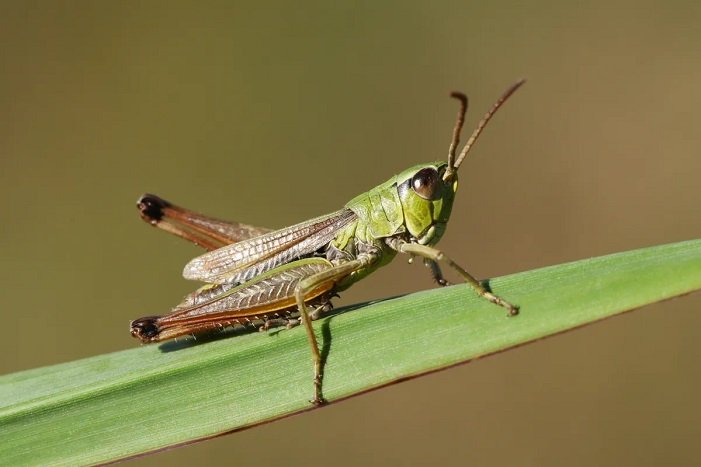What Do Crickets Eat: Explaining their mysterious food chain

Crickets are small, chirping insects that many of us recognize, but not everyone knows what they eat. Whether you’re curious about the natural diet of crickets or you’re raising them as pets or feeders, it’s essential to understand what these little creatures consume. As someone who has explored the diets of various insects, I want to share a straightforward guide on what crickets eat.
The Basics: What Do Crickets Eat?
Crickets are omnivores, which means they eat both plant and animal matter. Their diet is quite varied, allowing them to thrive in different environments. Here’s a closer look at the main foods crickets enjoy.
Plant-Based Foods
1. Leaves and Grass
Crickets love to munch on leaves and grass. In the wild, these are some of their primary food sources. They will chew on almost any green plant they can find, making them quite adaptable.
2. Fruits and Vegetables
Crickets are also fond of fruits and vegetables. In captivity, you can feed them small pieces of apples, carrots, potatoes, and other fresh produce. These foods provide essential nutrients and moisture.
Animal-Based Foods
1. Insects
In addition to plants, crickets will eat other insects. They might snack on smaller bugs or even other crickets if they are hungry enough. This is more common in the wild when food is scarce.
2. Decomposing Matter
Crickets are scavengers too. They’ll eat dead insects and other organic matter. This ability to consume a wide range of foods helps them survive in challenging environments.
Commercial Cricket Food
If you’re raising crickets at home, you can buy commercial cricket food. These specially formulated foods are available at pet stores and are designed to provide crickets with a balanced diet. This is a convenient option that ensures they get all the nutrients they need.
Don’t Forget the Water
While crickets get most of their moisture from their food, they still need access to water. In captivity, you can provide water through moist foods or water gels. Be cautious with open water sources, as crickets can drown in even small amounts of water.
Conclusion
Understanding what crickets eat is key to keeping them healthy, whether you’re observing them in the wild or raising them at home. Their omnivorous diet allows them to thrive on a variety of foods, from plants to insects. By providing a balanced diet, you can ensure your crickets stay active and chirpy.





